Peter Stetina: Trusting the process
Road to success a steady climb for Garmin's next generation
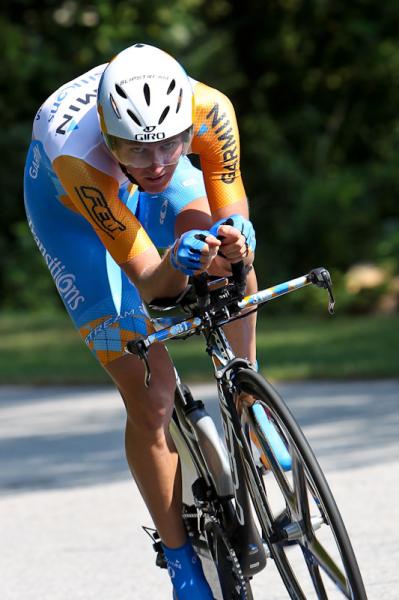
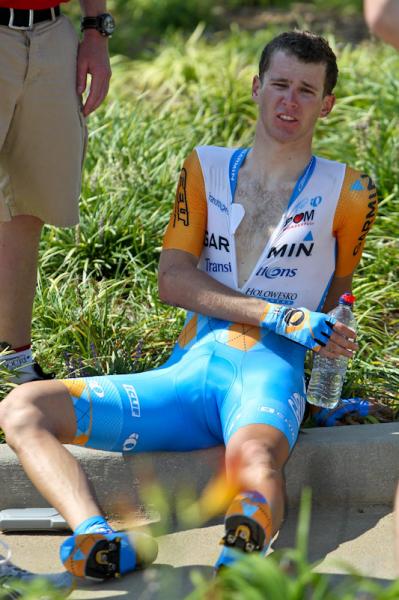
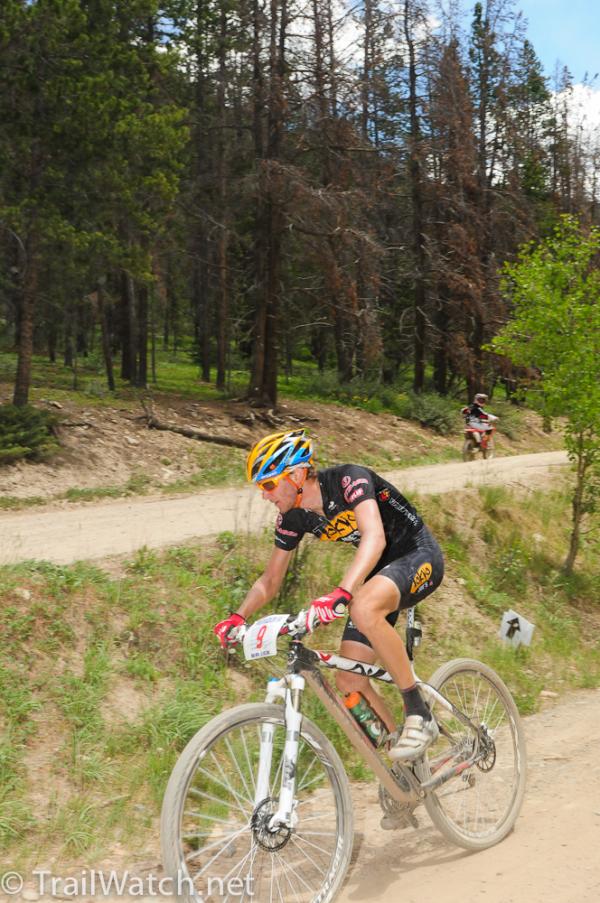
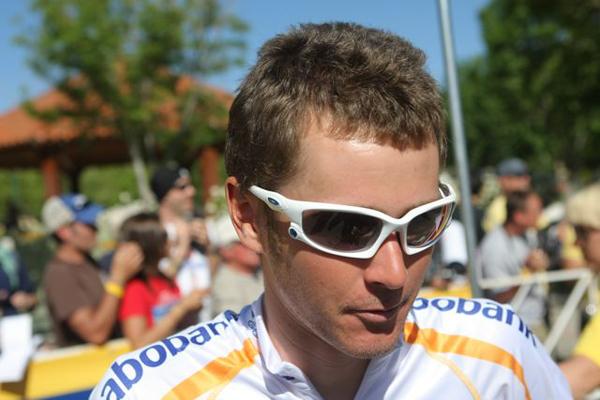
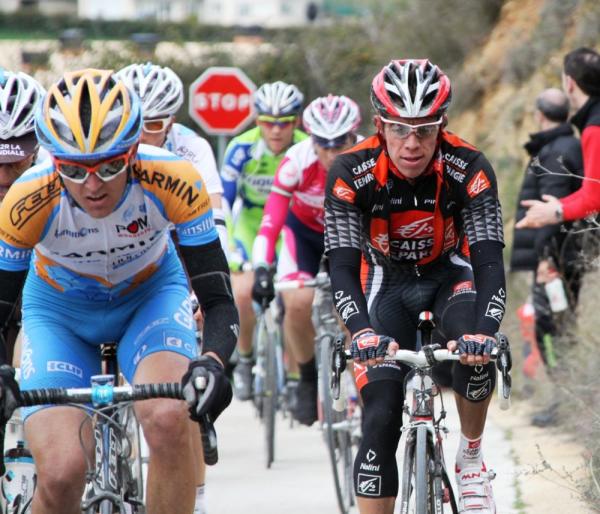
As an under-23 rider, Peter Stetina was at the top of his class: twice a national time trial champion, the Colorado native put in impressive performances against more seasoned domestic professionals before taking the leap straight into the ProTour with Garmin-Transitions.
Stetina quickly showed he was ready for the big league in races like the Redlands Classic in 2009, where he matched the best in the peloton and helped Garmin's development squad claim the best team title and at the Tour of the Gila where he finished not far behind Lance Armstrong in the time trial.
After so much success in the Espoir ranks, Stetina skipped the lower professional categories in 2010 to head directly into the ProTour. Such a big leap can be like heading into high school as a freshman and getting beat up by the seniors. But Stetina told Cyclingnews that after a difficult spring, he's stronger, more experienced, and has learned to "trust in the process" that creates professional riders.
That development process, it seems, involves riding close to a breaking point before stepping back to regroup. "You get your head bashed in, then you get stronger. I kind of knew that coming in - you tell yourself it's a learning process, but it was a hard spring," Stetina said during our interview at Interbike in Las Vegas.
The 23-year-old made the jump from the U23 races to the ProTour in February, riding the Tour Méditerranéen and Tour du Haut Var before tackling the tougher the Vuelta Murcia. Coping with the pace was the first obstacle to overcome - it was a big change from amateur racing and provided a whole new level of suffering.
"I always thought you could compare an average speed from something like Tour de l'Avenir or a US race to one from the Tour de France stage - we would average 42kph, and think, 'well, it's not that much faster'. But no, it's a lot faster, it's a lot different," he said.
"When it goes, it goes, and when you think you're about to get dropped and you're telling yourself you just can't do it. You've just done a max effort and you look back thinking that must be the selection and about two people have been dropped. It's such a deep field.”
The latest race content, interviews, features, reviews and expert buying guides, direct to your inbox!
"Then you think 'I can't give up yet', but they keep going and keep going and you're like 'alright, that's it, I'm fried'. Then you look around and when you're within a minute of being fried, everyone's fried. Everyone is so close (in ability) you have to push it to the breaking point to even shatter the field. It's pretty different. You gotta get used to it, and enjoy the process and the learning curve - everyone's done it before you."
The Tour of California
Stetina's spring also included two of Europe's most difficult stage races, the ProTour Volta a Catalunya and Vuelta al Pais Vasco. And the Ardennes Classics Flèche Wallonne and Liège - Bastogne - Liège before a trip back to the USA for the Amgen Tour of California.
There, in support of race leader David Zabriskie, Stetina wore the jersey of best young rider while the classification leader Peter Sagan also led the points competition. While Zabriskie came up short on claiming the overall title and Stetina missed the cut as best young rider, he was happy with the race.
"I feel that if California was later this year I would have done better. This spring I was kind of grinding it pretty hard, and I was bashing my head against a wall. It was a good ride, and we tried to help Dave as much as possible, because he was flying and he was so motivated for it... But it was exciting to be there - it's America's race and it was a joy."
From California Stetina went back to Europe to race the Critérium du Dauphiné, his last event before a well-deserved summer break. While the team focused on the Tour de France, Stetina returned home to rest and play on his mountain bike, winning the Mt. Evans hill climb and taking fifth place in the US mountain bike national championships before resuming his road season at the Tour of Poland in August.
A change in pace
Stetina explains that between the Dauphiné and Poland something changed in how he felt on the bike.
"After the Dauphiné, I was pretty tired, but after that break I came back so much stronger in Poland," he said. Before, the pace was a struggle. After giving his body time to recover, the racing felt more manageable.
"When the big guys are attacking it doesn't seem so ungodly fast anymore. You think 'maybe you can go with that'."
The change showed too, as Stetina was able to help his teammate Dan Martin to the overall victory in the race. While he didn't have his own moment of glory, just being there to set Martin up for the win was itself a personal victory.
"There was one stage in the Tour of Poland when I lit it up into the climb for Dan Martin and I shredded the field down to about 18-20 riders left on the climb, and he attacked out of that and won the stage ... That was really cool to see, because it was a direct result of my work. He won the stage and took over the GC and won the Tour of Poland after that. I was so happy for that, I felt like I had won the race. So that was really cool to see."
Returning state-side for the US Pro championships, Stetina had his eye on another national title, but after a crash-free season, his luck ran out in the time trial.
"It was three laps of the time trial course, and on the first two laps I took this one turn on the hoods, and on the final lap I thought, that was easy, so I took it in the aero bars and I overcooked it at 50kph. I flew into the median, right into the curb and flipped over the bike onto my back," he said.
"I went from 52kph to 0 instantly. There wasn't even much road rash - just blunt force trauma. I can't believe I didn't break a bone, or my back, or my hip - I can't believe it. I drink milk every morning, maybe that's the secret - drink your milk!
"It's just a big bruise, so if I can get through that I know the form is still there. I'd love to do something at Lombardy - but it's one of the Classics that are a learning experience. 260k is still a little long for me. I did Liège and the lights went out at about 230km, but we'll see."
Learning for 2011
His first professional season was just one part of a long progression - step one is just to learn the races before aiming to get results. "You figure out how they move and where the selective points are, then next year you start chipping away at them. There are so many good mentors on the team like Ryder [Hesjedal] and Christian [Vande Velde] - they teach you new things every race and you can perform while still trying to help them win the race.”
"It's still going to be a learning process next year, and I hope to be really consistent. I think that was my strong point this year. I was never in a hole or over trained - I didn't have any amazing results, but I stayed really consistent over the whole year."
Other goals include finishing a Grand Tour and racing the new Quizno's Pro Challenge in his home state of Colorado. "I'm a local boy, and it's altitude climbing, which is my speciality. There's so much family history there because my dad won the Coors Classic twice. It would be amazing, so I really want to focus on Tour of Colorado and a Grand Tour."
Both father Dale and uncle Wayne had successful professional careers that included major victories in Colorado, and the family's next generation is hoping for a special stage near his home town.
"I'm sure they'll go through Boulder. My dad said they used to have a prologue at the Coors Classic at the Chautauqua Park in Boulder that ripped around the park real quick and went up Flagstaff Mountain, not all the way up - just to the first restaurant. A hill climb prologue on the most famous climb in Boulder would be pretty cool - I ride that climb all the time."
Soon Stetina will no longer be the new kid on the team - there is a whole new crop of young riders coming in at Garmin for 2011, including another very successful U23 rider Andrew Talansky. What advice can Stetina offer up to his new teammate?
"When you can't go harder you get dropped, then you get stronger next time. You have to trust the process, that's my advice. That's what everyone's told me. It's starting to come around, I can see something changing. Your push yourself to the limit and you adapt, your body gets stronger."

Laura Weislo has been with Cyclingnews since 2006 after making a switch from a career in science. As Managing Editor, she coordinates coverage for North American events and global news. As former elite-level road racer who dabbled in cyclo-cross and track, Laura has a passion for all three disciplines. When not working she likes to go camping and explore lesser traveled roads, paths and gravel tracks. Laura specialises in covering doping, anti-doping, UCI governance and performing data analysis.
